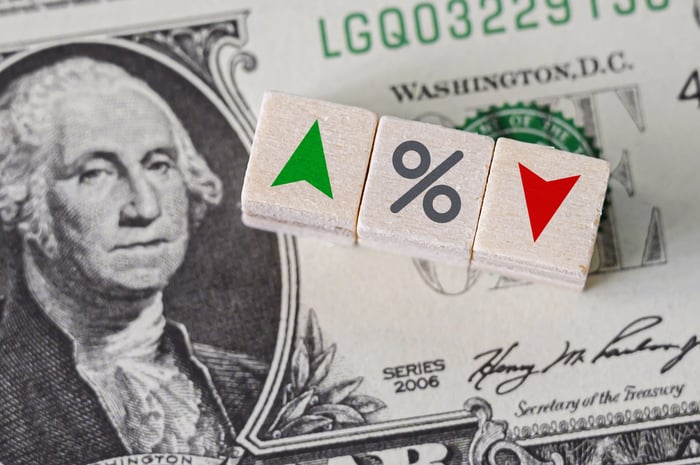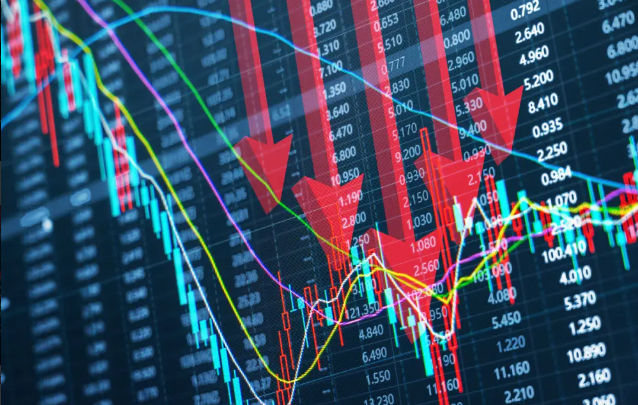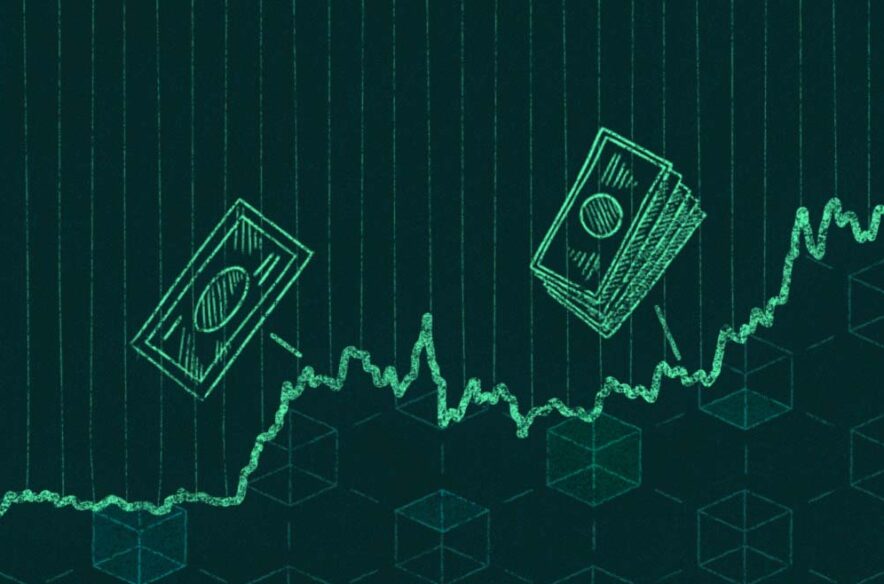Specific returns and risks of various factors

Some friends asked: you have been investing in quantitative factors for so long. Which factors do you think are the best? Here to insert a word, academically and in the industry, because everyone has their own research, so in the factor structure, everyone is also different. For example, in value factors, some people use P / E, others use P / B, then the results of these value factors are different. How to construct elements is a profound knowledge.
So back to the question of which factors are reasonable, based on my own research and experience, the above five factors are relatively good. Among these five factors, there are also rather good and evil. For example, small market value and excess returns achieved with high quality are primarily due to additional risks (bankruptcy risk, credit risk, competitive risk, etc.) and implied return leverage.
If the annualized return of the S & P 500 is increased in proportion to the volatility multiplier, the annualized return of the S & P 500 after leverage is actually higher than the small market value and high quality. This test is, of course, too simple, but from the more complex information ratio. The small market value and high-quality information ratio are only around 0.22, while the information ratio measures the ability of a unit to obtain excess returns under operational risk, and the lower information ratio reflects that the excess returns of this strategy may not be due to its unexplained ability, but to assume additional risks.

So low volatility, this factor is relatively exceptional, we see that its volatility is actually lower than the S & P 500, but it has brought higher annualized returns than the S & P 500, which is good in the general direction, but its information ratio is only 0.26. In addition, the factor of low volatility is not easy to operate in practice because it requires a large number of beta operations, resulting in a higher implementation cost. When its annual yield is only 3% higher than that of the S & P 500, it is not economical to implement this strategy.
Then what is left is high value and high momentum. In fact, for so many years, I have been doing quantitative value investment and quantitative momentum investment. I believe that these two factors can produce long-term excess returns.
From the above historical data, high value and high momentum, not only the annual return is about 20%, but also the information ratio is as high as 0.59 and 0.58, respectively, showing a strong ability to explain excess returns. Even if we simply magnify the annualized return according to the volatility multiplier of high value and high momentum, there is still an annualized return gap of 4% - 5%.
Performance of high-value and high-momentum factors
Of course, this is not my family's word in the paper. In the essays of Harvey, Liu, and Zhu in 2015, a total of 316 different factors were tested. Finally, only the long-short value factor (HML), the long-short momentum factor (MOM), and the long-short durable consumer goods (DCG) factor were statistically significant.

(Writer:Cily)





